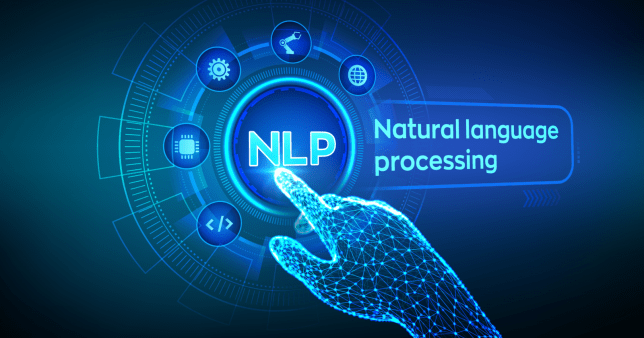Introduction to Natural Language Processing (NLP)
Natural Language Processing (NLP) is a field of computer science, artificial intelligence, and computational linguistics that focuses on developing algorithms and techniques that enable computers to understand, interpret, and generate human language. NLP has become increasingly important in recent years due to the rise of machine learning and big data analytics, as well as the growth of the Internet and the explosion of social media.
At its core, NLP involves teaching computers to recognize and understand the patterns and structures of human language, so that they can perform tasks such as speech recognition, language translation, sentiment analysis, and chatbot development. This involves a wide range of techniques and methods, including machine learning, deep learning, statistical analysis, and linguistics.
One of the key challenges of NLP is the complexity and variability of human language. Human languages are highly nuanced, with a wide range of syntactic and semantic structures, idioms, and cultural references. This makes it difficult for computers to accurately interpret and understand the meaning of text, especially in natural language conversations where meaning is often implied rather than explicitly stated.
To overcome these challenges, NLP researchers have developed a wide range of techniques and methods. For example, machine learning algorithms can be trained on large datasets of human language, enabling them to recognize and interpret patterns and structures in text. Deep learning techniques such as neural networks can be used to model complex language structures, such as sentence syntax and grammar.
Other methods used in NLP include statistical analysis, natural language generation (NLG), and natural language understanding (NLU). Statistical analysis involves using mathematical models to identify patterns and relationships in large datasets of text, which can then be used to make predictions and generate new text. NLG involves developing algorithms that can generate human-like text, while NLU involves developing algorithms that can understand the meaning of text, even when it is ambiguous or implicit.
NLP has a wide range of applications in various fields, including healthcare, finance, marketing, and customer service. For example, in healthcare, NLP can be used to analyze medical records and identify patterns and trends that can be used to improve patient care. In finance, NLP can be used to analyze financial reports and news articles to make predictions about market trends and investment opportunities. In marketing and customer service, NLP can be used to analyze customer feedback and sentiment, enabling businesses to improve their products and services and enhance customer satisfaction.
In conclusion, NLP is a rapidly growing field that is transforming the way we interact with computers and technology. As computers become more intelligent and capable of understanding human language, we can expect to see even more exciting applications of NLP in the future. Whether it’s chatbots that can converse with us in natural language, or machine learning algorithms that can analyze large datasets of text to make predictions and generate insights, NLP is sure to play an increasingly important role in our lives in the years to come.



